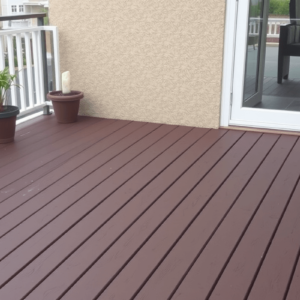fencing panels composite
The Rise of Composite Fencing Panels
In recent years, homeowners and business owners alike have increasingly turned to composite fencing panels for their properties. These innovative solutions offer a blend of style, functionality, and sustainability that traditional fencing materials often cannot match. Composite fencing panels are made from a combination of recycled wood fibers and plastics, making them a strong contender in the market for durable and eco-friendly fencing options.
Advantages of Composite Fencing Panels
Style and Aesthetics
Composite fencing panels come in a variety of styles and designs, allowing homeowners and businesses to choose a look that complements their property. From classic wood-grain finishes to modern sleek lines, composite fencing can be tailored to fit any aesthetic preference. This versatility makes it an ideal choice for those looking to enhance the visual appeal of their outdoor space while maintaining a cohesive design with the surrounding area.
Functionality and Durability
One of the most significant advantages of composite fencing panels is their durability. Unlike traditional wood fencing, which can rot, warp, or splinter over time, composite fencing resists moisture, insects, and UV damage. This means that your fence will maintain its integrity for many years without requiring frequent maintenance. Additionally, composite fencing is typically more resistant to scratches and dents, providing a longer-lasting barrier that enhances both security and privacy.
Sustainability and Eco-Friendliness
Composite fencing panels are made from recycled materials, contributing to environmental sustainability by reducing waste in landfills. The manufacturing process of composite fencing also uses less energy compared to producing new wood or metal fencing. This eco-friendly approach not only benefits the environment but also aligns with the growing trend towards sustainable living. By choosing composite fencing, property owners can contribute positively to environmental conservation efforts.
Cost-Effectiveness
While the initial cost of composite fencing may be higher than some other materials, the long-term savings on maintenance and replacement costs make it a cost-effective option. Traditional wood fences require regular painting or staining, which adds to ongoing expenses. In contrast, composite fencing requires minimal upkeep, saving property owners money over time. Furthermore, the longevity of composite fencing reduces the need for frequent replacements, providing additional financial benefits.
Conclusion
Composite fencing panels offer a perfect combination of style, functionality, and sustainability that makes them an excellent choice for both residential and commercial properties. Their ability to withstand the elements, combined with their low-maintenance requirements and eco-friendly composition, positions them as a leading solution in today’s market. As awareness of sustainable living practices grows, composite fencing is likely to become even more popular among property owners seeking durable, attractive, and environmentally conscious fencing solutions.
Reference
Family Handyman – How to Install Fence Panels
This Old House – Composite Fencing Panels vs. Traditional Wood Fencing





Reviews
There are no reviews yet.